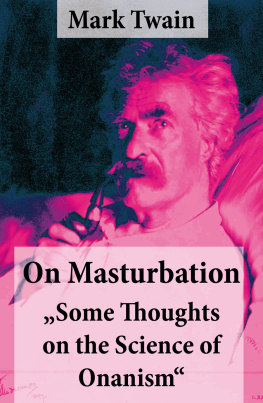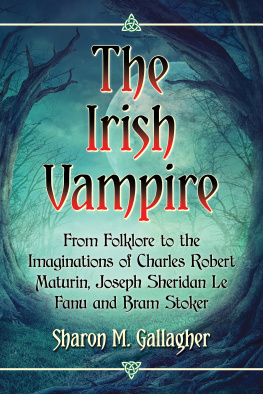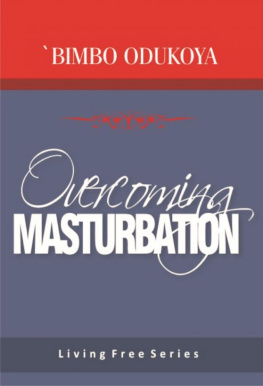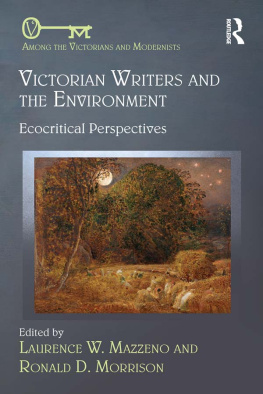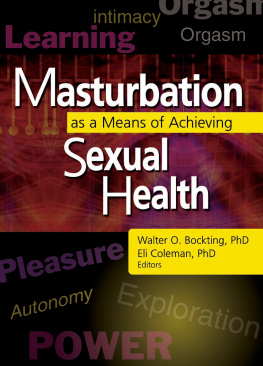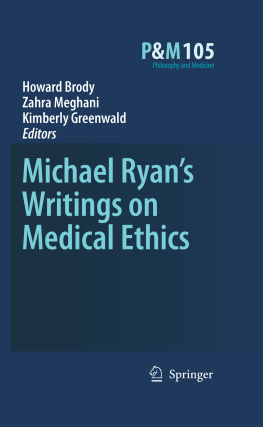The secret vice
Masturbation in Victorian fiction
and medical culture
Diane Mason
Copyright Diane Mason 2008
The right of Diane Mason to be identified as the author of this work has been asserted by her in
accordance with the Copyright, Designs and Patents Act 1988.
Published by Manchester University Press
Oxford Road, Manchester M13 9NR, UK
and Room 400, 175 Fifth Avenue, New York, NY 10010, USA
www.manchesteruniversitypress.co.uk
Distributed exclusively in the USA by
Palgrave Macmillan, 175 Fifth Avenue, New York,
NY 10010, USA
Distributed exclusively in Canada by
UBC Press, University of British Columbia, 2029 West Mall,
Vancouver, BC, Canada V6T 1Z2
British Library Cataloguing-in-Publication Data
A catalogue record for this book is available from the British Library
Library of Congress Cataloging-in-Publication Data applied for
ISBN 978 0 7190 7714 2
First published 2008
17 16 15 14 13 12 11 10 09 08 10 9 8 7 6 5 4 3 2 1
Typeset
by Helen Skelton, Brighton, UK
Printed in Great Britain
by CPI Antony Rowe Ltd, Chippenham, Wiltshire
Contents
For my father,
George Selwood
(191961)
Acknowledgements
I begin by particularly thanking those individuals whose practical help, support and belief in this project allowed it to develop and come to fruition. I am especially grateful to Professor William Hughes, Dr Tracy Brain and Dr Colin Edwards of Bath Spa University and Professor Victor Sage and Professor Roger Sales of the University of East Anglia. Special thanks are also due to Iris Selwood (Mum), Aaron, Kelly and Joe Mason, Andrew Selwood (sculptor extraordinaire) and family, Karen, Nick and Jenny Baxter, and Paul Withers (Patron of the Arts) for services too numerous to mention. I would also offer my thanks to Professor Tim Middleton, Professor Neil Sammells, Dr Tracey Hill, Dr Paul Davies, Richard Kerridge and Alison Dagger at Bath Spa University, to Pam Golding and her colleagues in the English Department at New College, Swindon, and to Dave Lamb at Swindon College. For their individual assistance and encouragement throughout this project I would like to thank Dr Lesley Hall (Wellcome Institute), Dr Colin Buckle (Leeds Metropolitan University), Dr Ivan Crozier (Edinburgh), Professor Terry Hale (University of Hull), Dr Nick Freeman (Loughborough University), Dr Marie Mulvey-Roberts (UWE), Dr Graham Ford (University of Teeside) and Professor Andrew Smith (University of Glamorgan).
I have also enjoyed the support of a multitude of friends and family as the adventure of this project has unfolded. These include Dr Piers Stephens (Lyman Briggs School of Science, Michigan State University), Dani Hilary, Judith Cowie, Jane Colenso, Dr Roberta Anderson (BSU), Dr Steve Hunt (UWE), Dr Stephen Kit Carver (Norwich School of Art), Dr Linda Jones (University of Reading) and many others near and far; you know who you are, and I think of you all with the utmost affection and gratitude. I also acknowledge the assistance of Maggie Collins and all in the library at Bath Spa University and the librarians of the Bodleian Library and Radcliffe Science Libraries (Oxford) and of the Cambridge University Library.
The research for my PhD dissertation, on which this book is based, was funded through a three-year Studentship granted by the Arts and Humanities Research Board, which was supplemented with practical help from the Faculty of Humanities and its successor, the School of English and Creative Studies, at Bath Spa University. The assistance of all three bodies is greatly acknowledged.
Thanks go to Willy Russell for permission to quote from The Wrong Boy, published by Doubleday/Black Swan. Reprinted by permission of the Random House Group Ltd.
And last, but by no means least, I would like to thank the canine companions who have accompanied me through the mad and glad process of writing this book: Gyp (a prince among lurchers) and much-loved mongrel, William (the three-legged wonder), who has recently passed away you are already sadly missed.
Diane Mason
Introduction
The ongoing debate on Victorian sexuality encloses the related issue of autoerotic behaviour, a field which is both problematic in terms of extent and implication, and dogged by a certain humorous and at times, almost apologetic mode of discourse. There has been an unfortunate tendency to treat Victorian popular medical and sexual advice works as little more than a rich repository of ironic laughter in twentieth-century surveys by authors such as Alan Rusbridger. In his summation of what nineteenth- and early twentieth-century manuals had to say on the topic of onanism, a favoured euphemism for masturbation, Rusbridger asserts If a hundredth of the diseases it was said to cause were really linked with the act the entire Western world would long ago have been wholly populated by blind, impotent, bald, dwarf, epileptic cowards. It reflects the mocking disregard of the views of one society by another which deems itself to be more sophisticated and liberal in its outlook. More disturbingly, it diminishes the serious nature of masturbation as a facet of sexuality. Masturbation becomes neither truly sexual, nor as important an issue as the Victorians seemingly regarded it.
The problem here is a lack of empathy with the temporally distant discourse, and an elitist dismissiveness of, in particular, the popular guides and cyclopedias by nineteenth-century practitioners such as R.V. Pierce, E.B. Foote and J.H. Kellogg that transmitted clinical dogma to a non-medical audience. These works were heavily marketed and widely consulted, having an influence over and above that of treatises produced solely for a specialist medical readership. It is a significant aspiration of this book not only to recover and restore these texts to a place of central cultural importance but also to subject them to appropriately serious examination.
Rusbridgers acerbic and populist remarks, though, are but one aspect of the twentieth- and twenty-first-century discourse on Victorian sexuality, and its specific focus on autoeroticism. Recent considerations of what has been termed the anti-onanism phenomenon have, as Paula Bennett and Vernon A. Rosario II suggest, narrowed its cultural significance. Any discussion of the subject, however scholarly the context, is still attended with a degree of embarrassment.
An awareness of this scholarly discomposure is highly evident in Stephen Greenblatts endorsement of Thomas W. Laqueurs Solitary Sex: A Cultural History of Masturbation (2003). Greenblatt acknowledges the laughter inevitably provoked by the subject and praises Laqueurs scholarly courage in tackling such a topic.
There has, until recently, largely been a sustained failure on the part of literary critics and medical historians to recognise the interdisciplinary possibilities presented not simply by anti-masturbatory discourse, but by the, in effect, overwhelming medicalisation of a problem which has been viewed at various times as being subject to religious and social censure as well as medical control. The vast majority of modern studies on the phenomenon of masturbation in the nineteenth century are located within the fields of medical history or the history of sexuality. Though this twentieth-century scholarship provides a valuable and, frequently, fascinating resource for the academic, it does, nevertheless, isolate the practice as an issue of purely medical concern and, thus, appears to impose limits on what can be said about it. Much modern criticism on the masturbatory hypothesis can also be viewed as problematic in its inclination to focus on certain issues to the exclusion of others. This is particularly apparent in the predominant emphasis on male masturbation in the work of authors such as Lesley Hall (1992) and Alan Hunt (1998). This book, whilst it retains an awareness of the importance of male masturbation, also represents the first detailed and, more essentially, balanced study of the mostly overlooked literature on masturbation as it pertains to women in clinical writing and in popular medical works aimed at the female reader.


